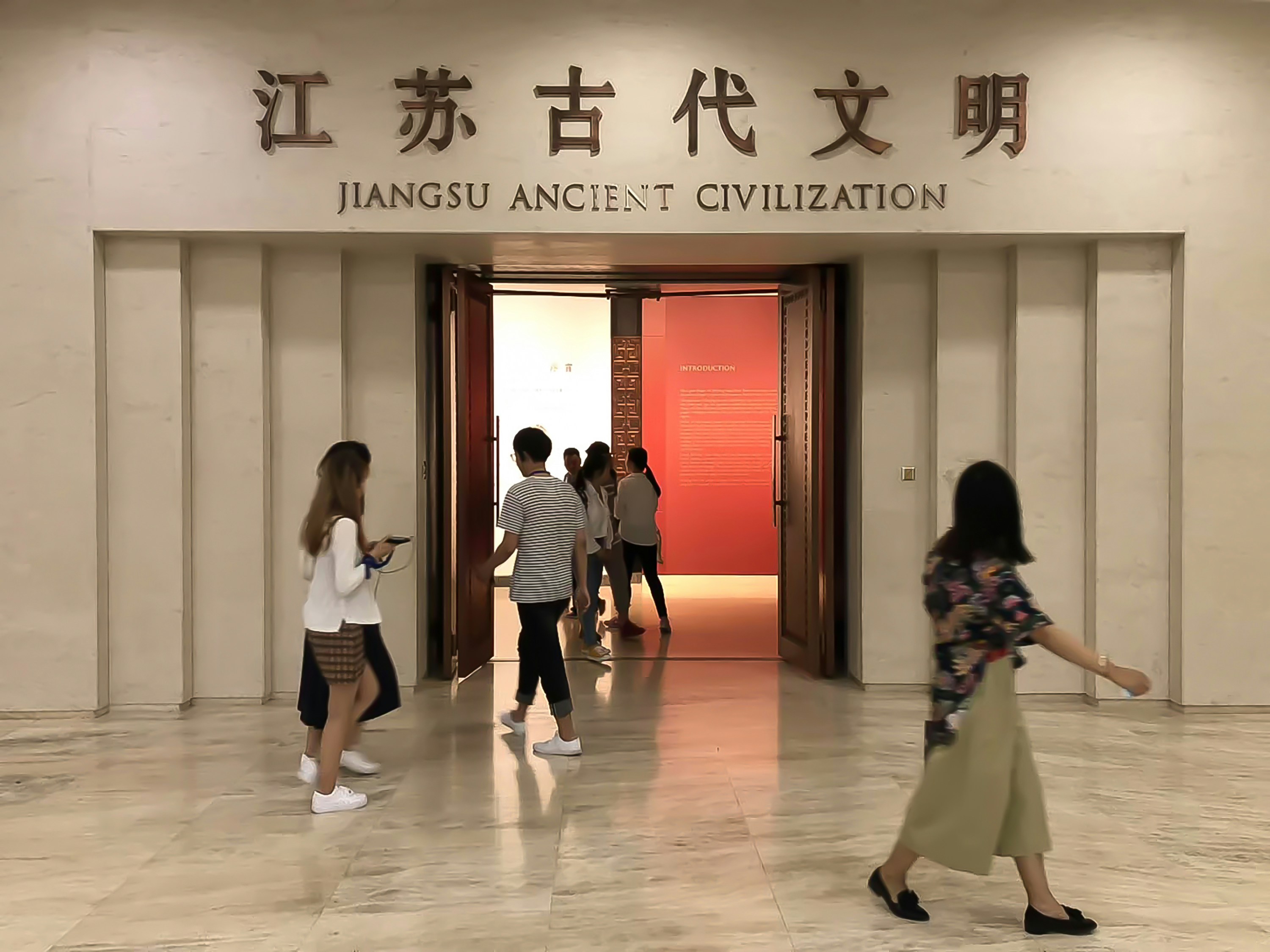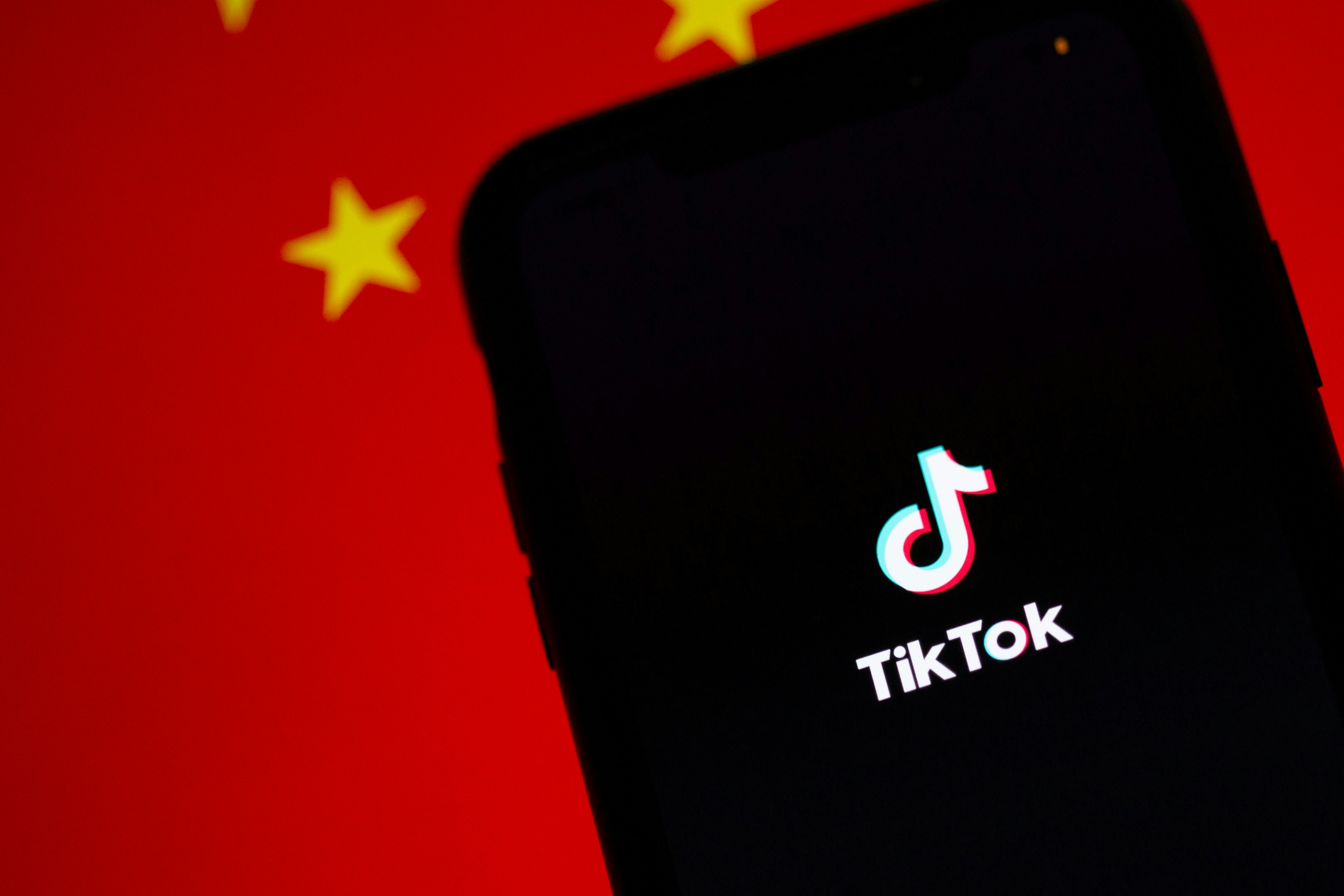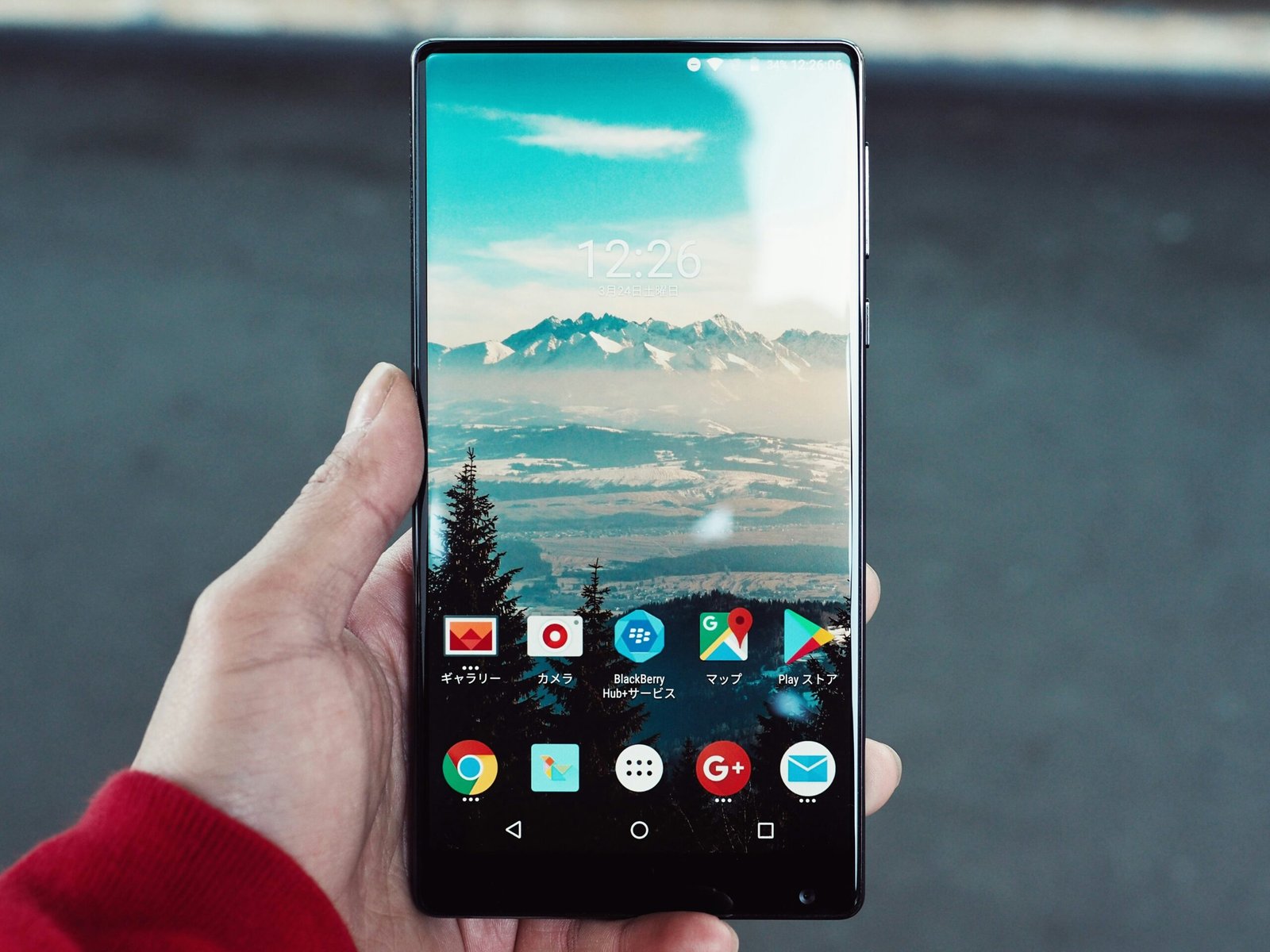Understanding iOS and Android: Key Differences
iOS, developed by Apple, is known for its seamless integration with the company’s hardware and ecosystem. The architecture of iOS is designed to ensure a smooth, consistent user experience, characterized by an intuitive design philosophy and a polished user interface. Apple maintains tight control over both the hardware and software, resulting in a highly optimized and secure operating system. The App Store, the exclusive platform for iOS applications, is meticulously curated, ensuring that apps meet specific quality and security standards before reaching users.
On the other hand, Android, developed by Google, boasts an open-source nature that allows for extensive customization and a broad range of hardware compatibility. This open-source characteristic enables manufacturers to create diverse devices catering to various market segments. Android users benefit from the Google Play Store, which offers a vast and eclectic selection of apps, although it is less tightly regulated compared to the App Store. This flexibility comes with the trade-off of potential security vulnerabilities, as the open ecosystem can be more susceptible to malicious applications.
Security is another critical area where iOS and Android diverge. iOS is often praised for its robust security features, including regular updates that are promptly available to all compatible devices. Apple’s closed ecosystem and stringent app review process further enhance its security posture. Conversely, Android’s open nature and widespread hardware adoption can lead to fragmented updates, with security patches and new OS versions sometimes delayed by manufacturers and carriers. However, Google has made significant strides in improving Android’s security with initiatives like Google Play Protect and monthly security patches.
When it comes to app ecosystems, both iOS and Android offer extensive libraries of applications, but with some differences in availability and quality. Developers often prioritize iOS for app releases due to its more uniform hardware and software environment, ensuring better performance and stability. Android, with its larger market share, presents a more diverse landscape, where apps must be optimized for a wide range of devices and configurations.
In summary, while iOS offers a controlled, secure, and cohesive experience, Android provides flexibility, customization, and a broader selection of hardware. These fundamental differences define each operating system’s strengths and weaknesses, influencing user preferences and experiences.
Technical and Practical Challenges of Switching from iOS to Android
Switching an iPhone’s operating system from iOS to Android is fraught with significant technical and practical challenges. Firstly, Apple’s hardware and software ecosystem is tightly integrated, with proprietary components such as the bootloader and firmware designed to work exclusively with iOS. The bootloader, a critical piece of software that initializes the operating system, is locked down by Apple and does not support installing any non-iOS operating system. This restriction alone makes the switch from iOS to Android virtually impossible.
Additionally, there is no official support or tools from Apple to facilitate such a transition. Attempting to modify the iPhone’s operating system can result in bricking the device, rendering it completely unusable. This process can also void the warranty, meaning that any future issues with the device would not be covered by Apple. More critically, tampering with the operating system exposes the device to potential security vulnerabilities, as the secure enclave and other security features are designed to work specifically with iOS.
Beyond the technical barriers, practical implications further complicate the switch. Data migration from iOS to Android is not straightforward due to differences in file systems and app data storage methods. Furthermore, many applications available on iOS may not have direct Android equivalents or may lack feature parity, leading to compatibility problems. The user experience between iOS and Android also differs significantly, and users accustomed to the iOS interface may find the transition to Android challenging and inconvenient.
Given these substantial hurdles, it is neither feasible nor advisable to attempt changing an iPhone’s operating system to Android. The tightly coupled hardware and software design of iPhones, combined with the lack of official support and significant risks involved, underscore why such an endeavor is not practical for the average user.





















+ There are no comments
Add yours